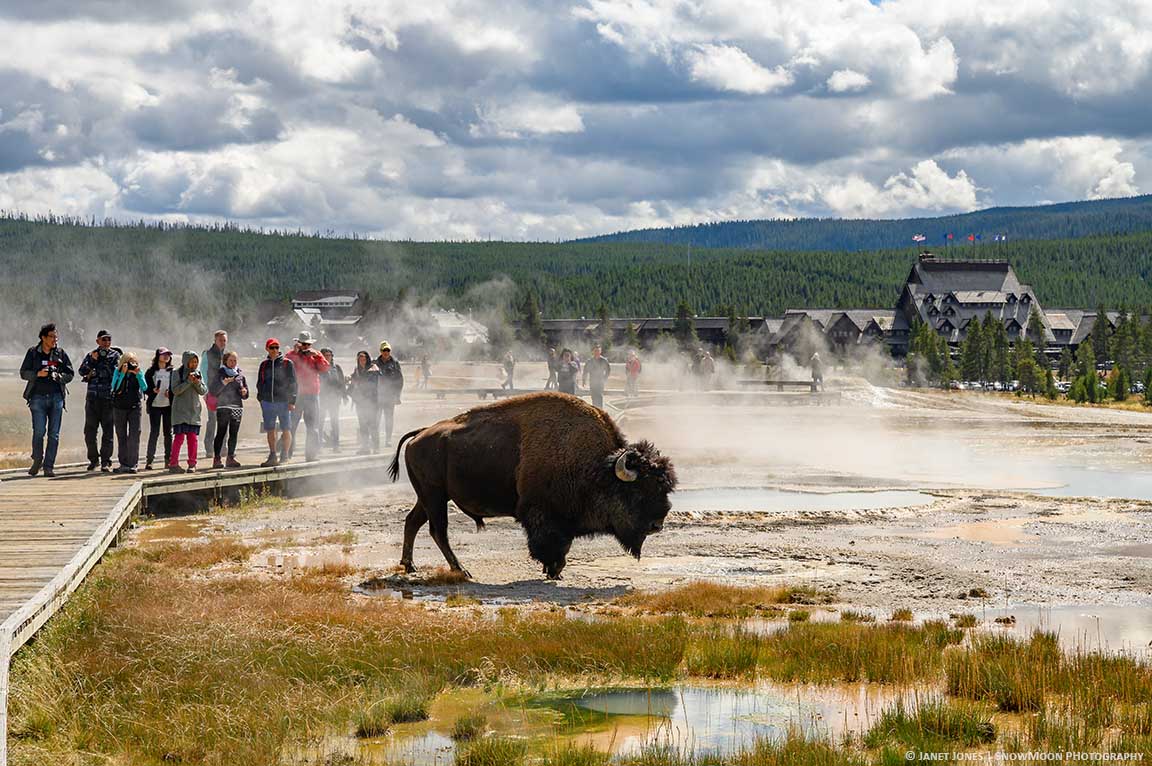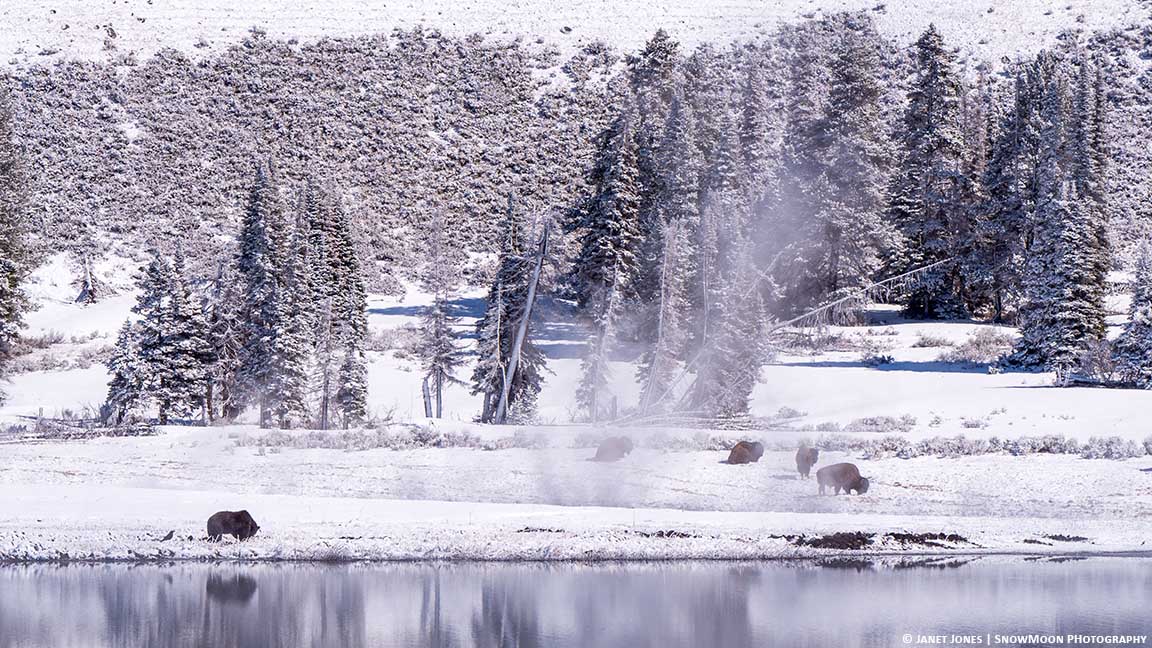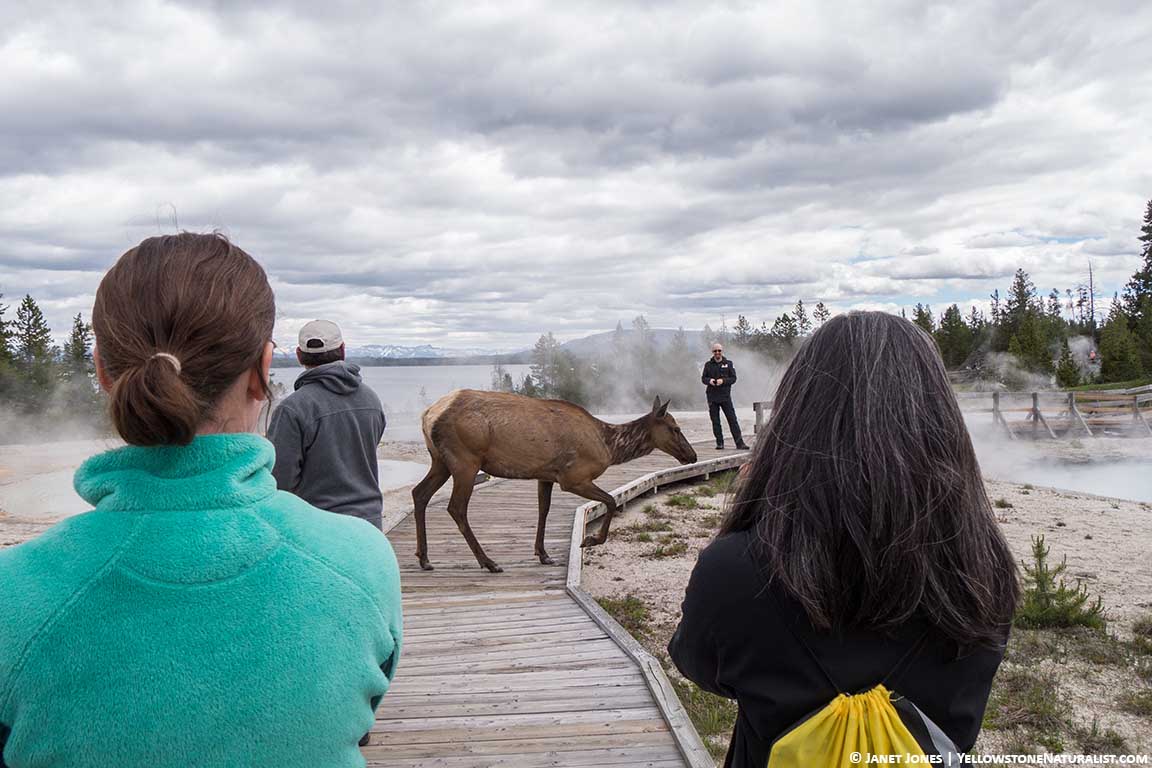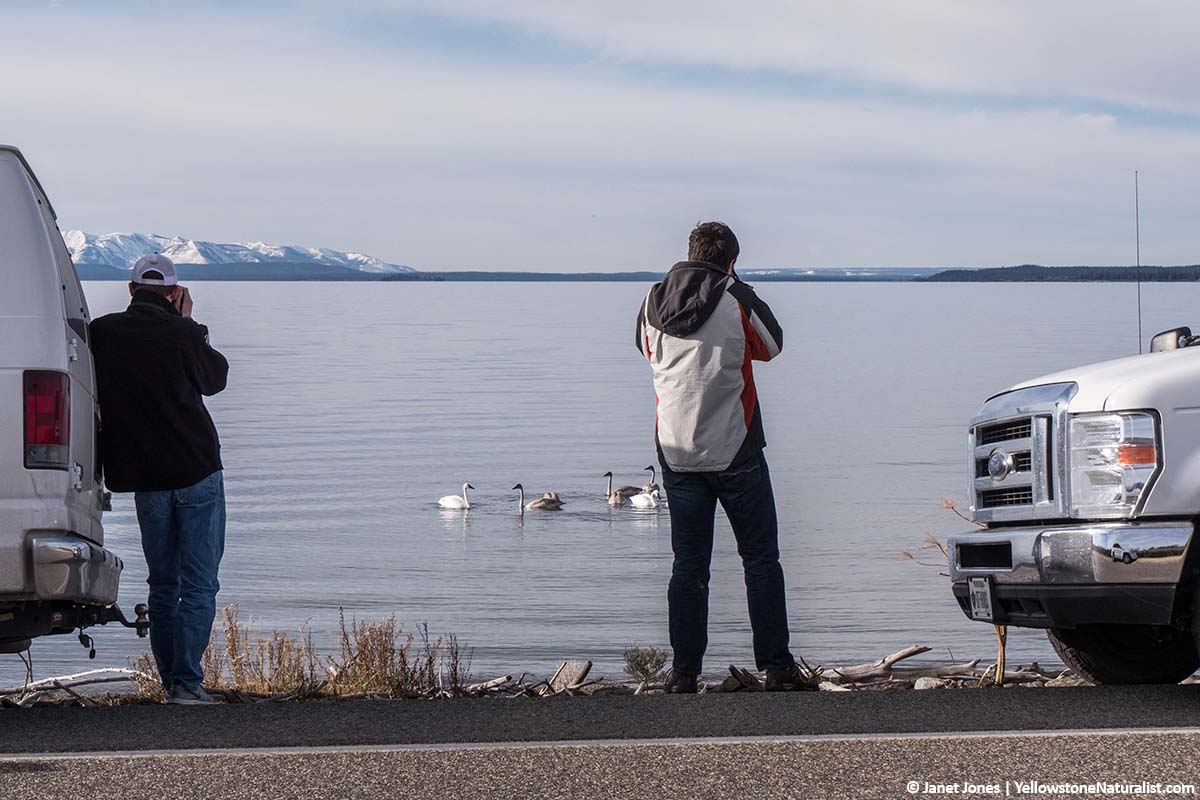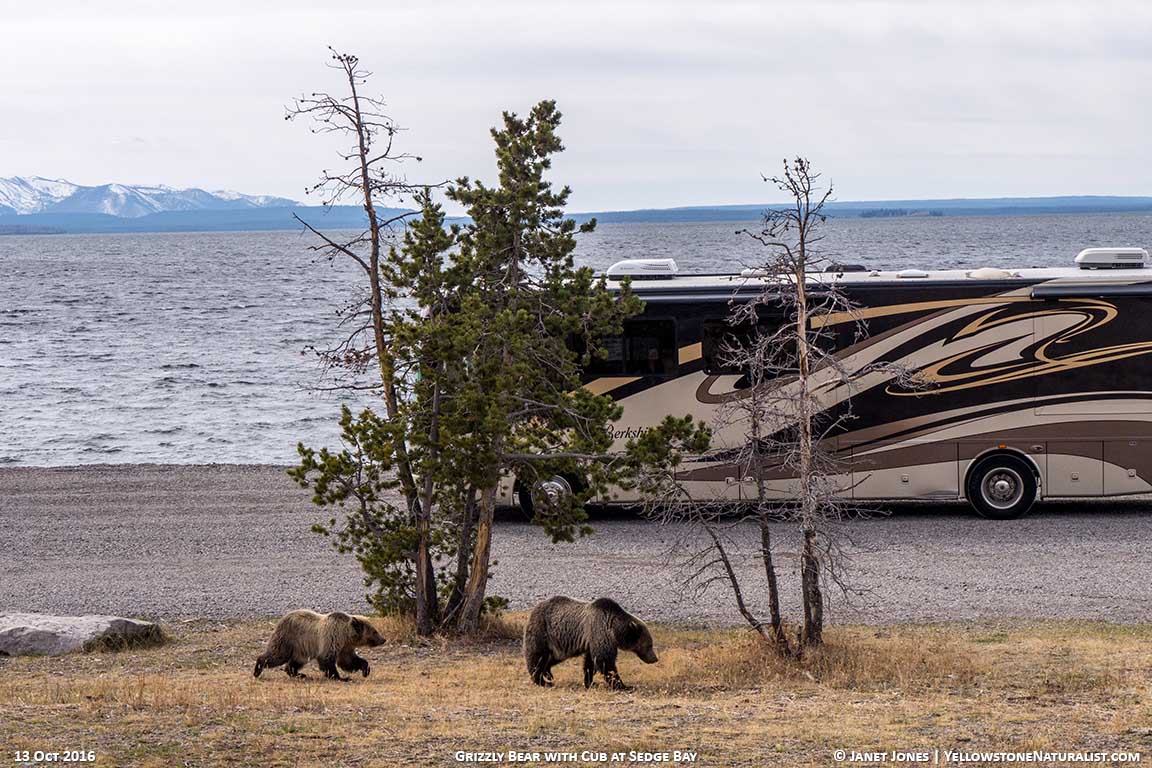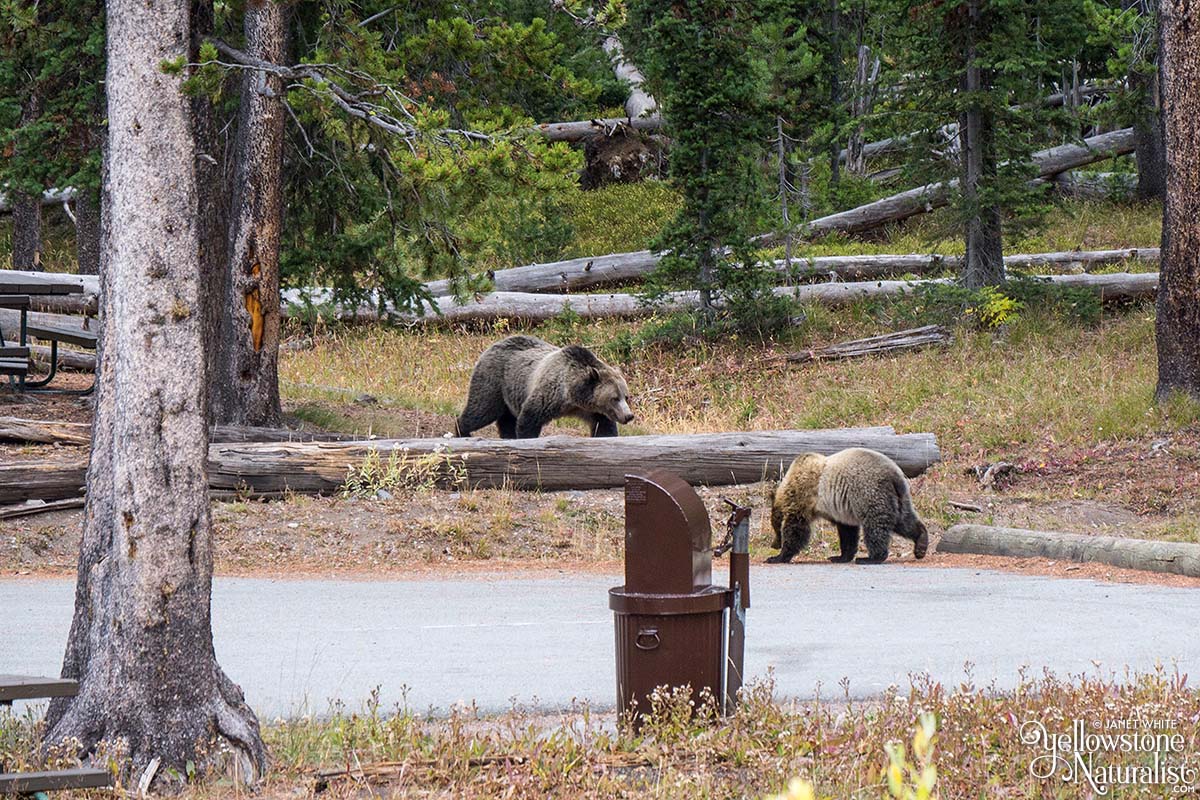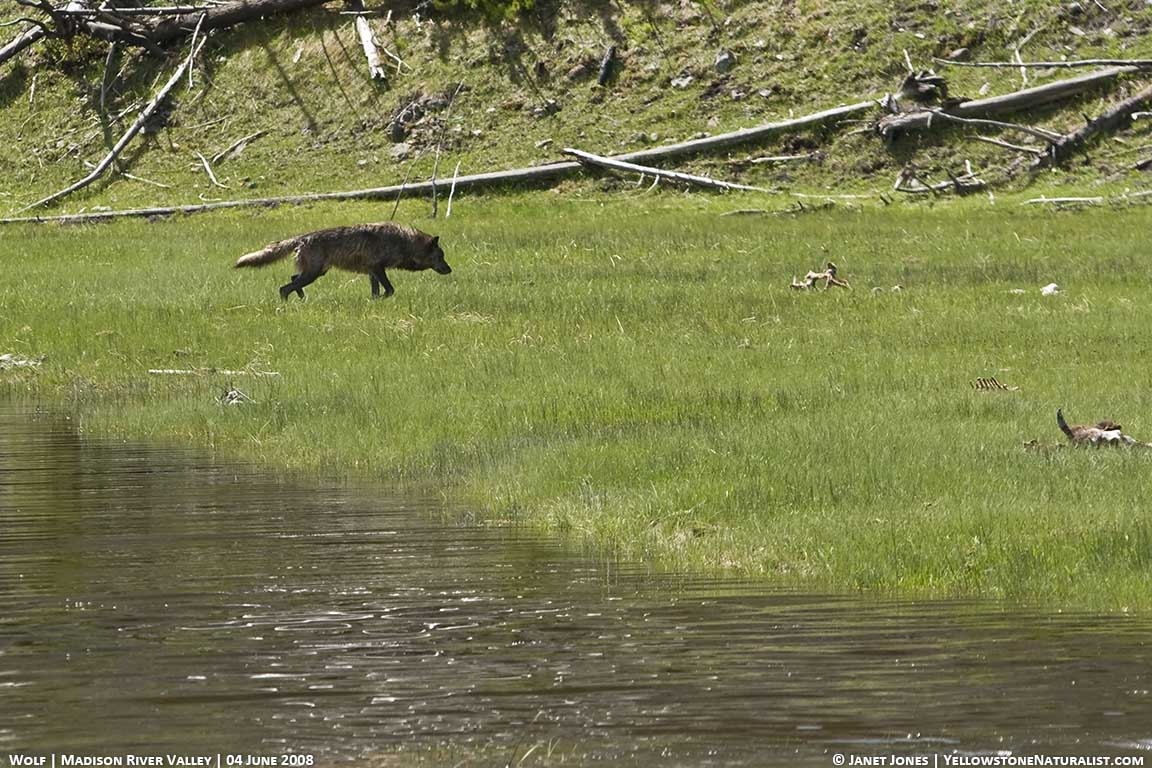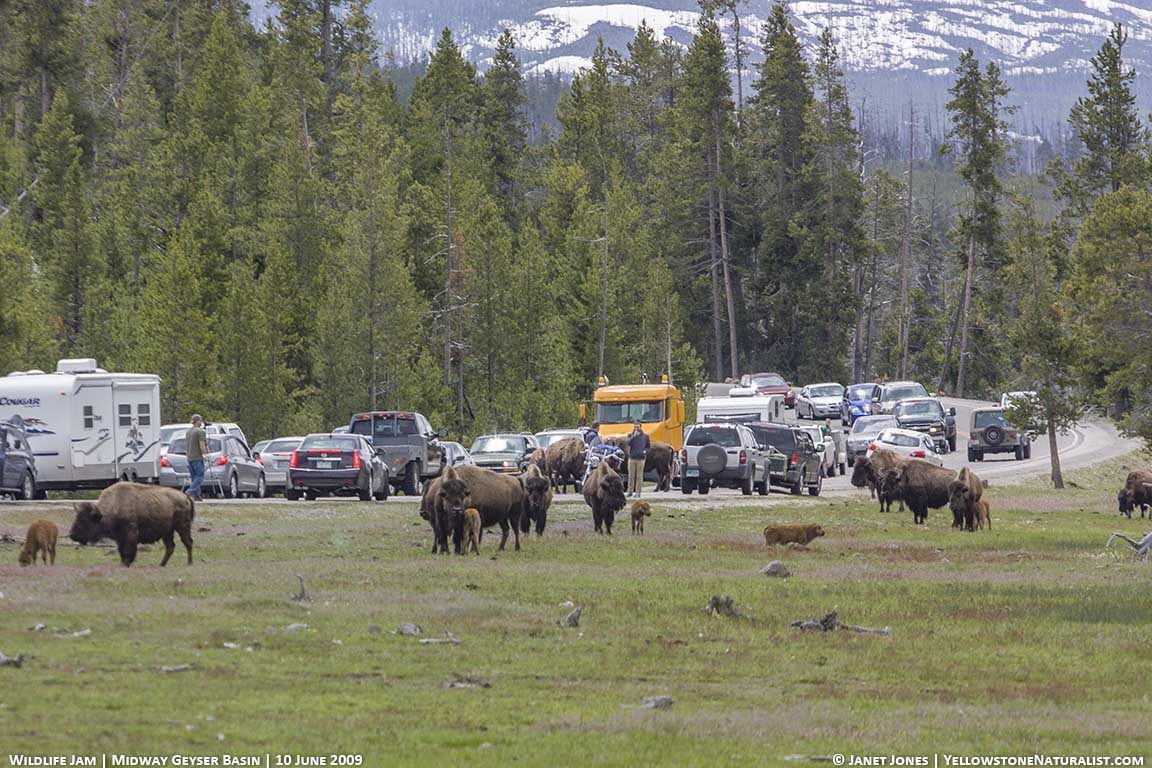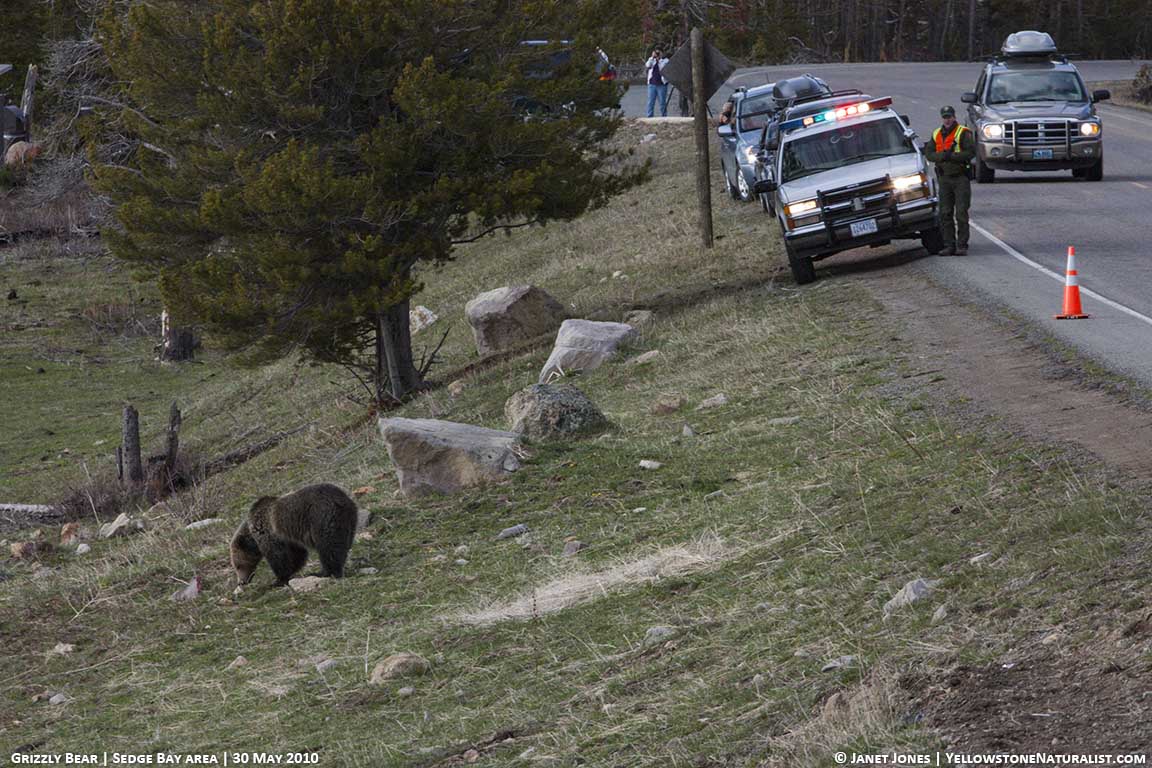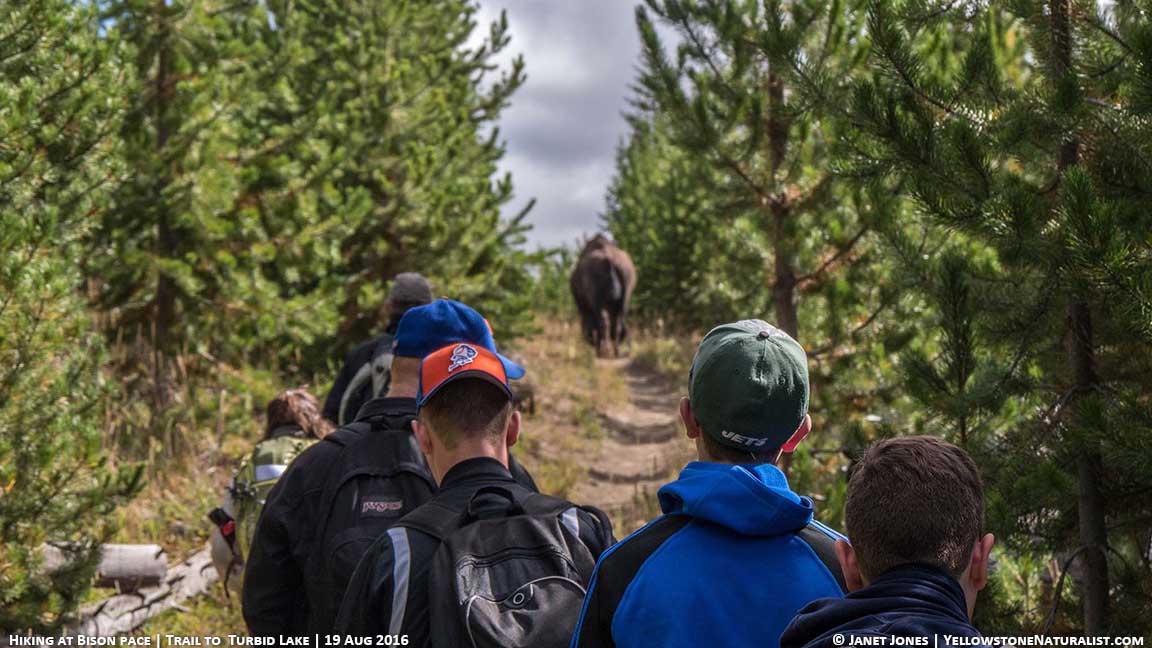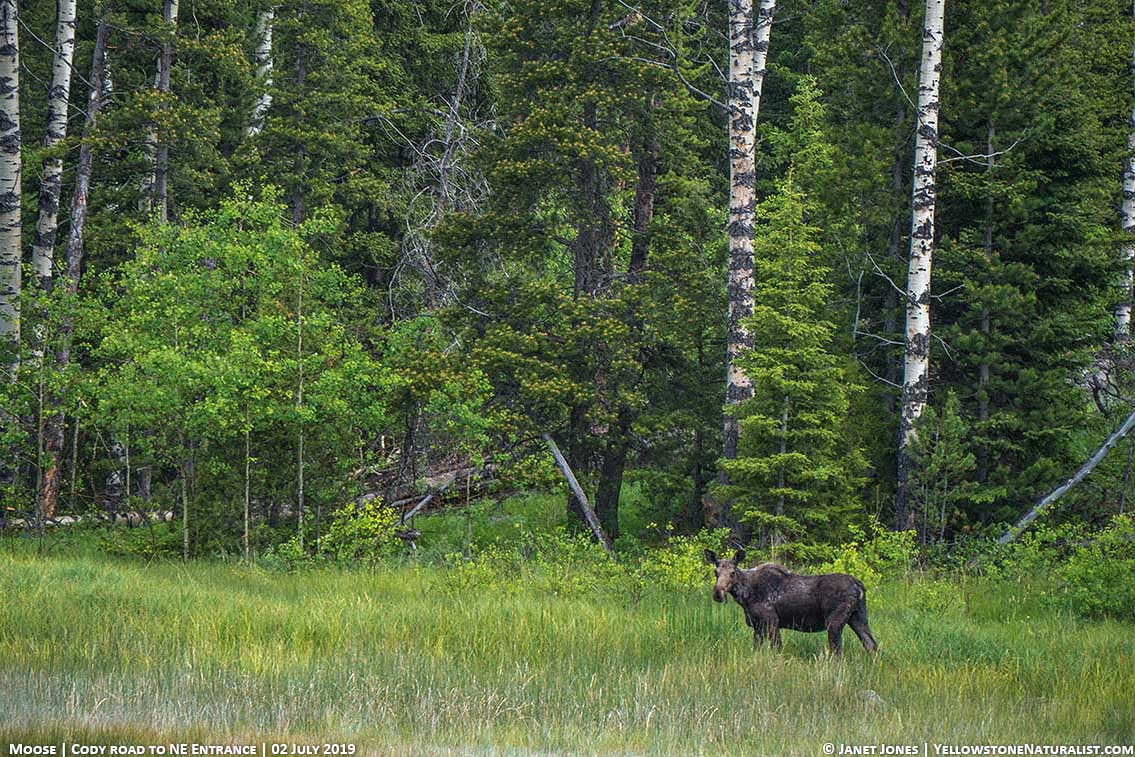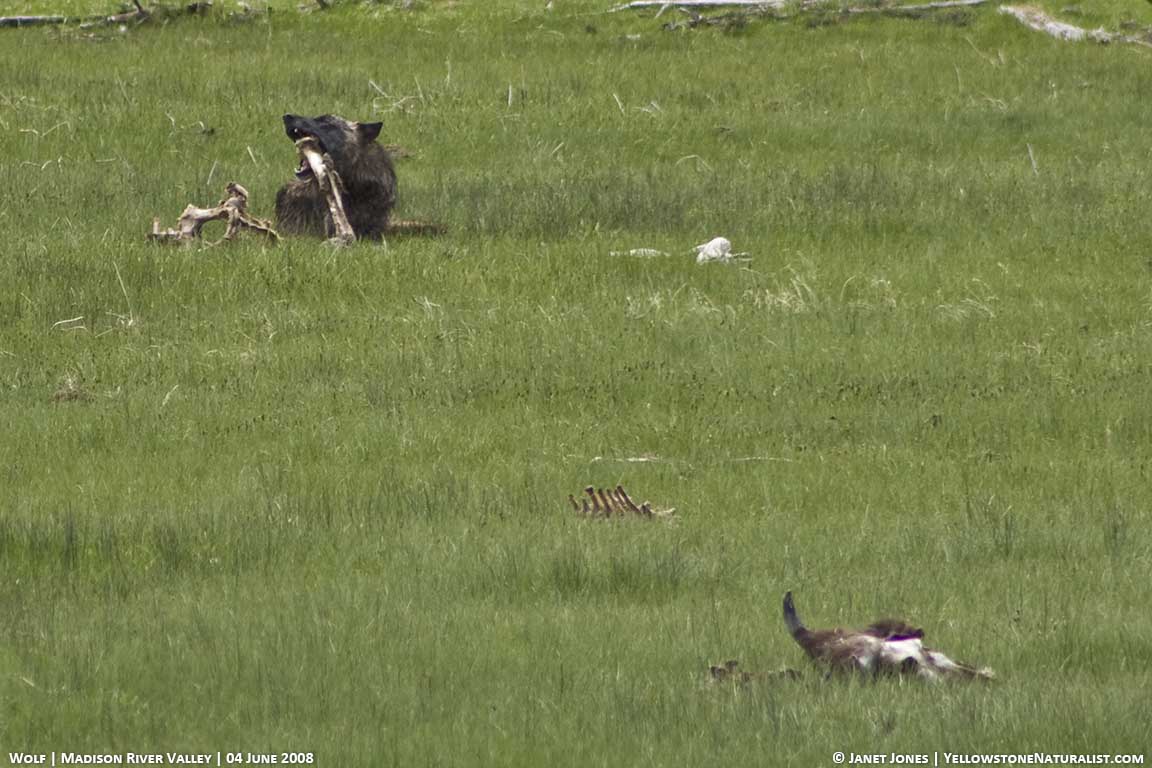Where do you find wildlife in Yellowstone?
Wildlife watching is a huge draw in Yellowstone, but if you’re not familiar with the park, how do you find them? This post covers some of the basics of wildlife watching in Yellowstone.
This post may contain affiliate links. That means that if you follow a link and make a purchase, I receive a small portion of that purchase at no extra cost to you. These purchases help to keep this site under development.
GET UP EARLY. Animals are most active early in the day and late. That means getting up early, or having an early dinner so you can be out a bit later is always a help. Sunrise is quite early mid-summer in Yellowstone.
HEAD TO THE VALLEYS AND OPEN AREAS. The best spots to find the animals are usually in the wide-open spaces of the Lamar Valley, Hayden Valley, and other areas where you can see for long distances.
SPRING AND FALL ARE BEST. Spring and Fall see more wildlife near the roads than mid-summer. This opportunity happens because of a variety of factors, but mainly due to food sources and snow levels.
WATCH FOR THE SCOPES AND BIG LENSES. These are often the people that know the wildlife in the park well. Most will happily share information with you, but if not, know people ask for information all the time, and there are days it gets tiring.
Five tips for watching wildlife in Yellowstone
When you find wildlife to watch, here’s how to make it the best experience possible.
- BE QUIET. While many of the animals seem to ignore you, they aren’t. They’re keenly aware of where you and what you’re doing. They are used to people acting correctly, so they don’t feel the pressure to move away. Close your car door quietly. Whisper. Stand calmly.
- KEEP TRAFFIC MOVING. In a wildlife jam, often you’ll see cones where you can’t park. This allows the wildlife a space to cross the road. Even if there aren’t cones, make sure there’s a space for the wildlife to keep moving if they seem to want to cross the road (or the boardwalk). Pull off the road – with all of your tires behind the white line. This allows the rest of the traffic to keep moving. If you are driving and see an animal, do not stop in the middle of the road. Instead, head to the next pullout and turn around if needed.
- BRING BINOCULARS AND SCOPES. The wildlife is often quite far off. To know where to look with binoculars and scopes, look for small dots moving across the landscape. One trick to figure the size is to look at a pine tree in the distance and imagine how big a wolf or bear might be next to it. That’s the size of moving dot that would be worth stopping to look at more closely with optics. But also keep an eye out closer as sometimes they’re right on the road.
- HAVE PATIENCE. Sometimes it’s a waiting game for the wildlife to show up. Wildlife photographers know this and get their shots usually by waiting. It takes time for the wildlife to move to their vision of a perfect image for that day. They wait for wildlife to come back to a carcass. Or sometimes, it just takes pausing in one spot to see what shows up.
- DRIVE SLOWLY. Zipping along makes it hard to watch for wildlife. You will see more if you take it easy. The speed limit in the park is generally 45 mph but often rolls along at 35 mph. However, if someone is impatient behind you, pull off the road (all tires behind the white line or better yet, in a pullout) and let them go. Everyone will be happier.
Conclusion
Wildlife in Yellowstone is not quite like anywhere else. They don’t see humans as a threat and treat well-behaved humans with nonchalance in most cases when near the roads. This proximity allows you to see them up close, and appreciate them in ways other locations will not afford. If wildlife watching is high on your trip list, give it the time needed, and you’ll end up with memories to last a lifetime.
SnowMoon Photography
Be Outside • Take Notes
GET MORE NEWS AND ANNOUNCEMENTS
Sign up for the Yellowstone Naturalist Newsletter
